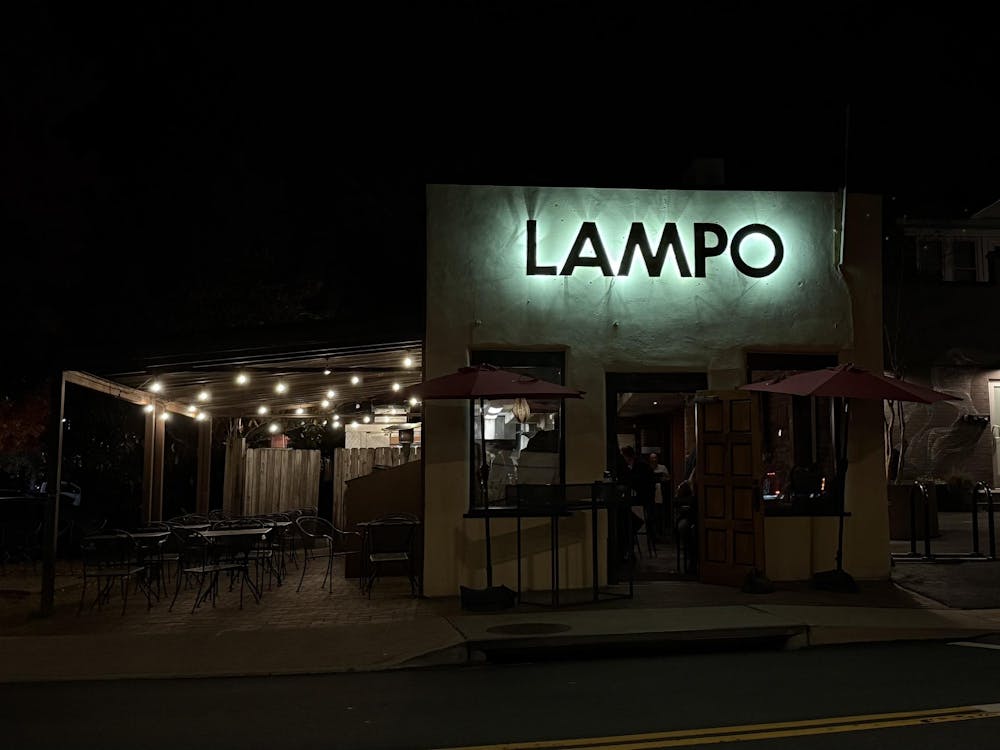Every day they are broken. Jagged remnants of a better day left scattered. Affecting University students' lives every day, these fragile components are consistently destroyed by raging males, negligent females or simply by trouble-seekers. There are no barriers for University students in the race of life--make that the race to class.
The tragedy? Destruction of the gates along McCormick Road. Yes, the red and white striped gates barracading the most desired passageway across Grounds. The gates that seem to forever be splintered in two.
"There's a portion of the national forest we utilize just to supply the wood needed to rebuild the gates," said Albert Whalley, Director of Parking and Transportation.
|
Implemented at least 20 years ago, as far back as Whalley can remember, the gates' main purpose is to deter traffic and increase pedestrian safety. In this academic thoroughfare always plagued by foot traffic, the electronic gates are designed to encourage the use of University transportation and thwart speeders.
"Of course there are the occasional cases where people pop up on the curb to get around the gates," Whalley said.
The gates, which are stationed in front of Garrett Hall and the Chemistry building, are lowered every morning at 7:30 and are not raised again until 4:30.
Students can almost always find a broken gate and take the most direct route across grounds.
"It takes everyone in the world about three nanoseconds to realize they can get through," he said. "Three nanoseconds."
"The gates really aren't there for us to get through Central Grounds easier, though," said Mendy Hardy, UTS driver and fourth-year College student. "They're for the students' safety."
So who breaks these vital blockades?
"It's rather amusing to watch the people who pull up to the gate, decide to back up and then ram through," said first-year College student Jared Warren, whose window in Page overlooks the gates in front of the Chemistry building.
Once or twice, Warren has actually heard the snap of the gates while in his dorm room.
But daring drivers beware: a $25 ticket is on the way if someone happens to catch the license plate number of a reckless vehicle.
If the wooden gates are so inept at forcing drivers to circle around in the paved U-turn area, why not make the barriers out of a stronger material?
"In case of emergencies, the vehicles should have the necessary paraphernalia to open the gates. But if that's not true, they are able to break through very easily," Whalley said. "If the gates were made of steel or a more stiff material, a breakthrough would bend the base of the barrier too, and that would become expensive."
All University vehicles are equipped with transducers, sensors situated on the bottom of the van, bus or police car, that send off a signal for the gate to rise. The transducers have been known to malfunction, and UTS drivers must exit the bus and lift the gates manually.
So it goes, an undending battle between hurried drivers and University Parking and Transportation. As commonplace a sight as the Rotunda or students wearing orange and blue, broken traffic gates are set to become yet another University tradition.






